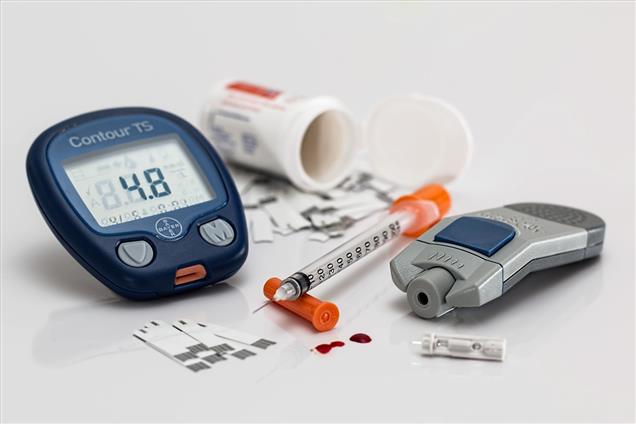Anuja Gupta, 30, was shocked when she was diagnosed with diabetes last year. Two years back, she was also diagnosed with high blood pressure and had been taking medicines for it. A lean and thin Anuja never thought she could get diabetes and hypertension, a disease associated with obesity or old age. Anuja has always led an active life and ate plenty of fruits and vegetables.
The problem with her diet, her doctor found out after a detailed counselling, was she was taking high amount of salt. Though the size of her meal used to be small, add-ons such as a pickle or chutney in every meal increased the amount of salt she consumed much above the recommended level.
This, doctors say, is quite common with Indians. “Pickles, papads, chutneys are an essential part of any Indian cuisine. Besides, people eat a variety of food in one meal which again increases the total amount of salt they consume,” says Dr Seema Gulati, senior consultant with National centre for Diabetes, Obesity and Cardiac problems.
Doctors feel that even diet conscious people who include a lot of vegetable and salads in their meals are often unaware about the total salt content in their meal.
WHO recommends 5 g, a little over half-a-teaspoon salt every day for a healthy person. A person suffering from high blood pressure or any other kidney related problem may have to further reduce its quantity.
However, a study conducted by the George Institute of Global Health, a Delhi-based medical research institute, found that most Indian take double the recommended quantity of salt. The study conducted on more than two lakh people from 29 states and seven Union territories in India between 1986-2015 found out that Indians on an average consume over 10 g salt every day.
The study states that “The average Indian diet has undergone a nutrition transition over the past 30 years characterised by a decreased intake of coarse cereals, pulses, fruits and vegetables and an increased intake of meat products and processed food. There is evidence that average intake of adverse nutrients such as harmful fats, sugar and salt are now above recommended level.”
The study observed that excess intake of calorie dense food is also a reason for obesity epidemic.
Dr Anoop Misra, a leading endocrinologist agrees, “High consumption of salt, sugar and fat is responsible for increasing incidence of metabolic diseases such as diabetes, hyper tension, coronary artery disease and obesity. These diseases are inter-related and if one person gets one of these diseases, his susceptibility to the other increases many fold.”
Doctors say that Indians are genetically prone to diabetes and hyper-tension. Their faulty lifestyle increases the risk of developing these diseases at a younger age. In fact, another study conduced jointly by Diabetes Federation Of India, Centre of Nutrition and Metabolic Research and others, said that the World Health Organisation should reduce the recommended level of sugar.
According to current WHO guidelines, sugar should not constitute more than 10 per cent of the total energy intake. Indians, however, don’t count jaggery, honey, or khandsari in their sugar intake. India has high number of diabetics—65 millions, second only to China. In India, on an average , a person consumes around 19 kilograms of sugar and 5 kilograms of jaggery and khandsari in a year.
Doctors say that there is lack of awareness about salt and sugar in food and natural food items. “I asked one of my blood pressure patients to reduce salt in his meals. When after a few weeks of therapy, I couldn’t control his blood pressure I asked him the details of each meal. I found that though his soup and vegetables tasted bland, he was eating them in large quantities, making the total salt intake high,” says Dr Manisha Gupta, a Chandigarh-based physician.
Similarly, most diabetic patients feel that they can consume as much jaggery or honey as they want. Though they restrict their white sugar intake, they continue consuming food with high glycemic index.
